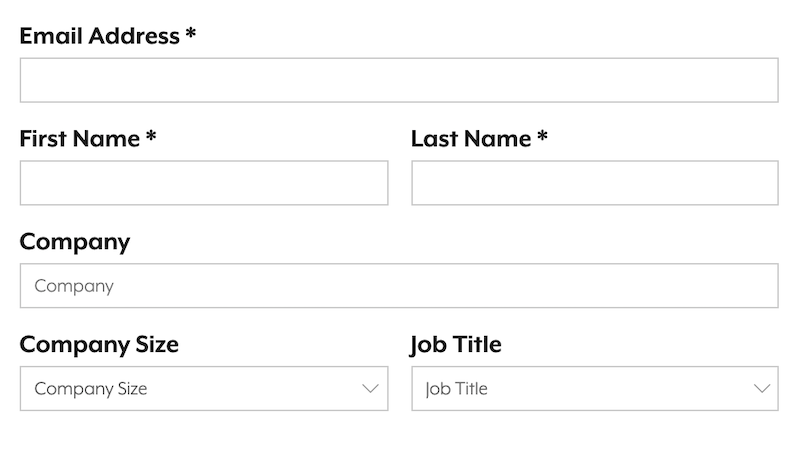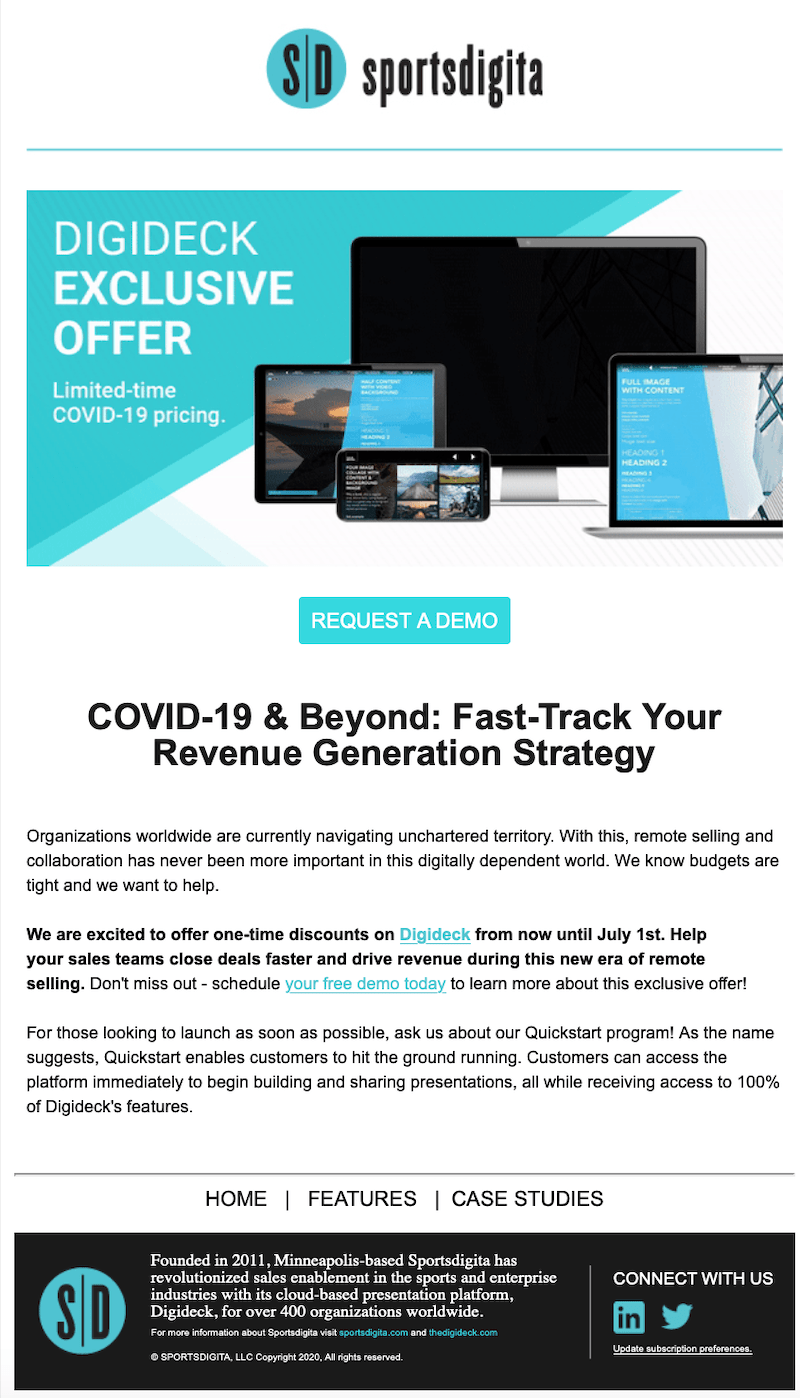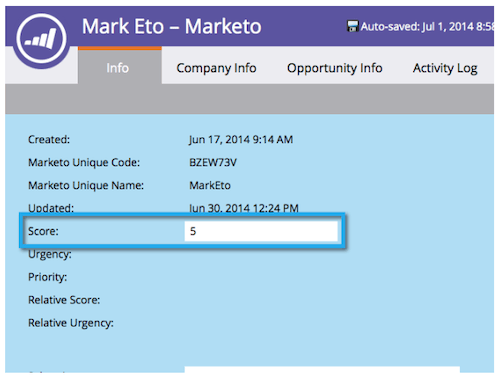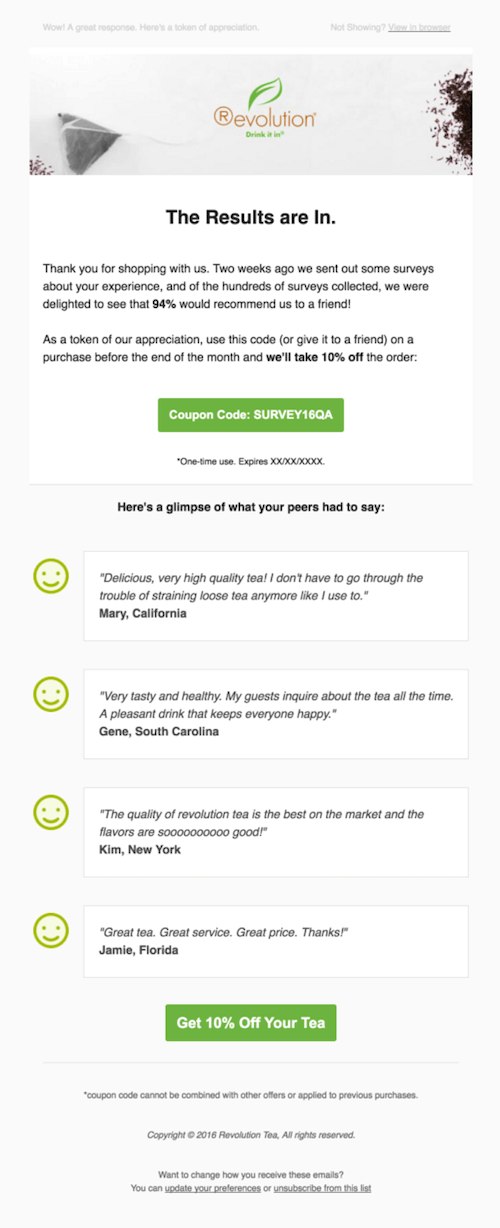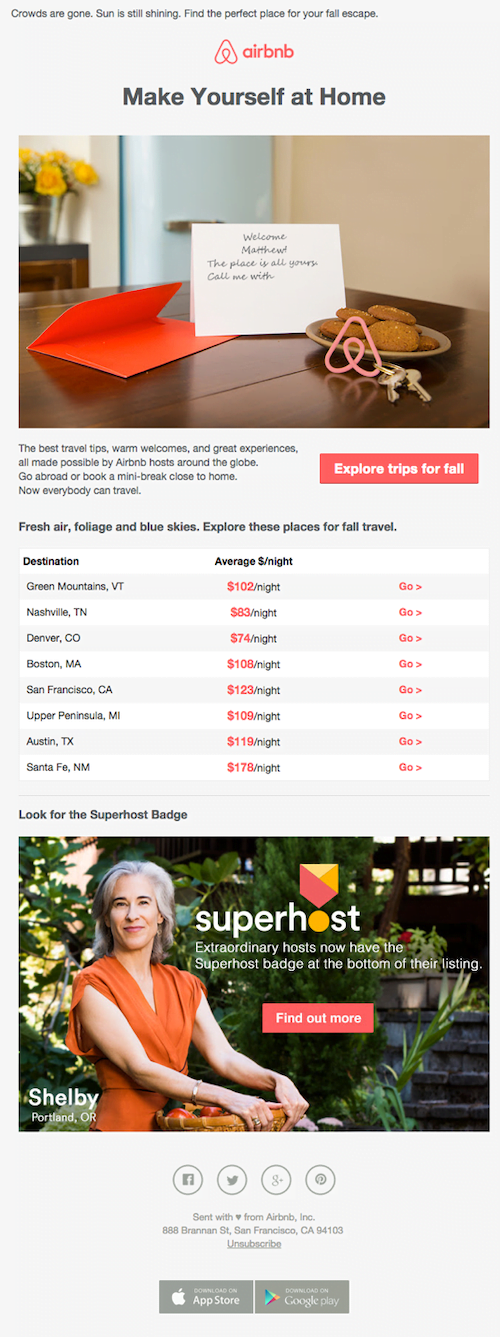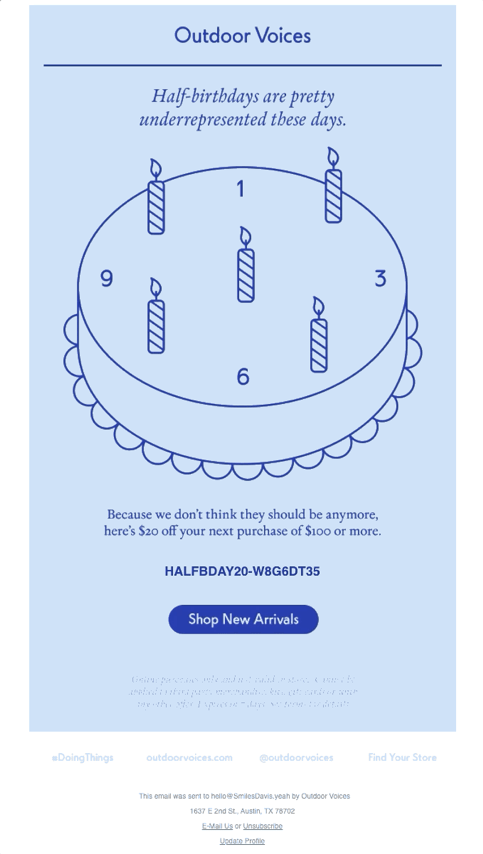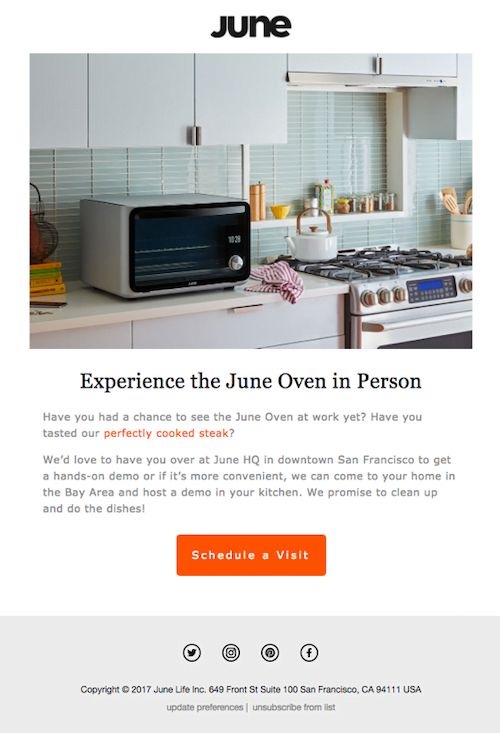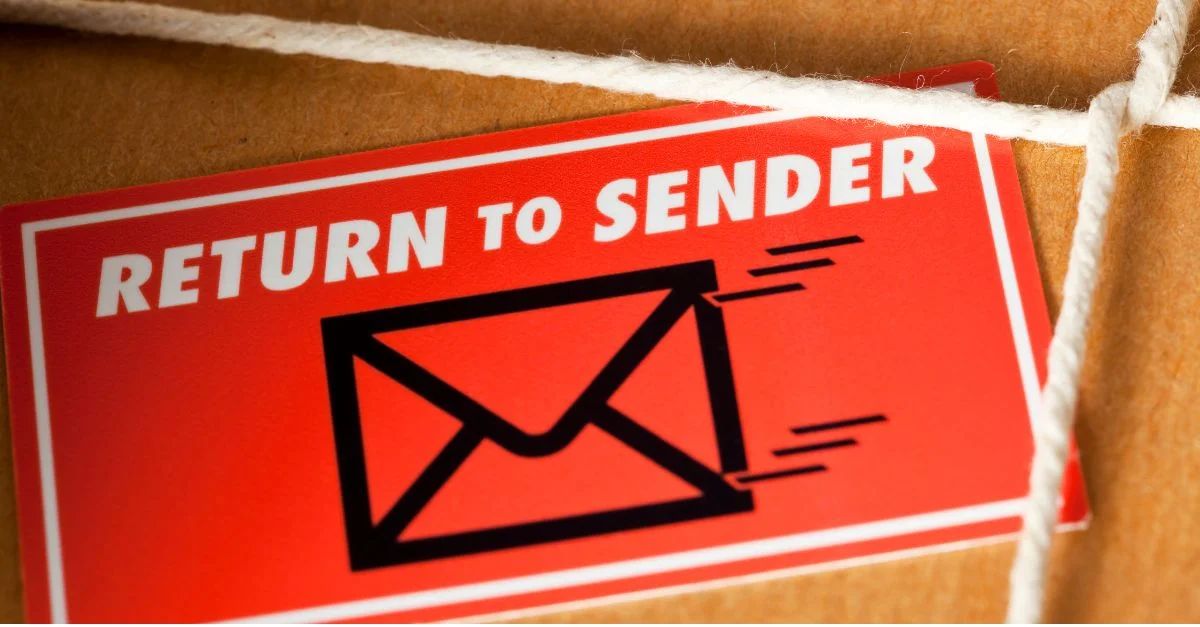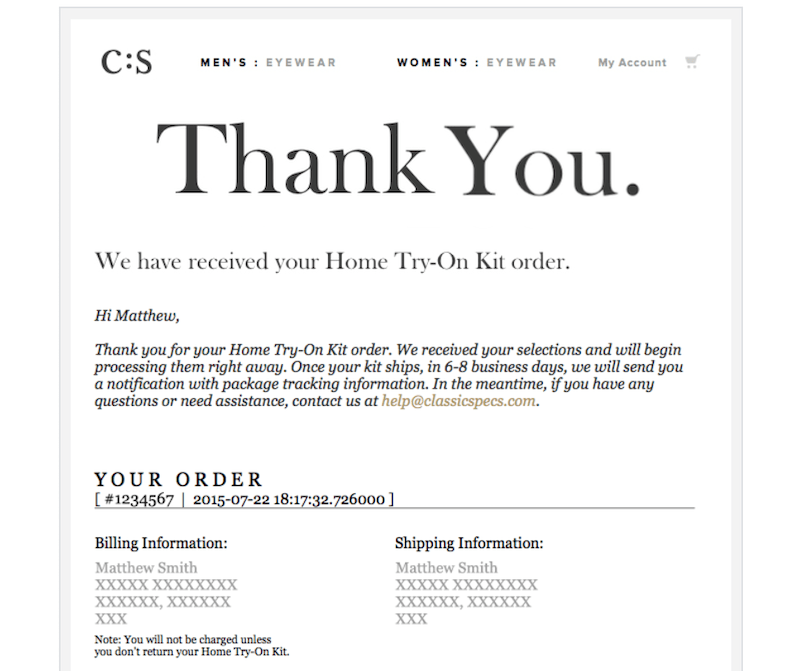
I have a confession. I *very* strongly dislike the phrase, “she wears a lot of hats.” It’s overused, like “these are unprecedented times” or “move fast and break things.” But if you’ve been the sole marketing person (or the sole everything person) at a company, the phrase probably fits.
And if the phrases (and hats) fit, then your to-do list is a foot long: come up with ideas for ad campaigns, write copy and content, direct the go-to-market strategy, design email newsletters, monitor site traffic, perform industry research, go to meetings, and more meetings, and meetings, and—whew. Let’s face it: you need help and automation is the way to do it. In particular, email marketing automation. Once you get your flows set up, you can be communicating with customers, nurturing leads, and winning over more customers in the background while you’re running your day-to-day.
Email marketing automation is a huge time-saver, but learning about it is not! So, to spare you the hours of figuring it all out, I’ve broken it all down into one easy-to-read post so that you can get up and running as quickly as possible. I’m going to cover:
- What automated email marketing is.
- How to set up your email marketing automation.
- Tips for testing, lead scoring, and other essentials.
And finally, I’ll provide examples of various types of emails you can automate, including welcome, reengagement, informational, feedback, milestone, blog share, and demo emails. So let’s get started.
What is email marketing automation?
Don’t worry, this isn’t a silly question. There are two different types of automated emails: transactional, or triggered emails, and drip marketing campaigns, or email nurture. Transactional emails are the ones that you don’t need permission to send; like order and shipping confirmations.
Nurture emails are marketing campaigns, so you do need permission—these marketing emails help move your prospects through the funnel by automatically sending curated content on a pre-determined basis.
Keep in mind, you’ll need a marketing automation platform to get started with automated emails. There are plenty of options out there, and if you’re already running promotional emails or one-off email campaigns, your provider likely has an option for drip campaigns as well.
How to get started with automated email marketing
You’ll need to make sure there is a collection point for email submissions on your website. Once you have that set up, you’ll need to follow the steps laid out below to get your automated email nurture program up and running:
1. Collect Lead Information
If you’re not already doing this, place lead forms throughout your website, landing pages, and ads to collect necessary information from your prospects. You can create these landing pages based on the information you want to leverage–common fields include name, email address, company, budget, industry, and location.
Remember, the more fields you require leads to fill out, the more ways you’ll be able to personalize your emails. Bur tread carefully: leads are less willing to fill out a lengthy form and may abandon if it is too robust.
2. Choose a Goal
Like any marketing campaign, you’ll need to think about what action you want to drive from automated emails. Of course, you’ll want great open and click-through rates, but do you want them to sign up for a demo of your product? Are you looking for conversions or a specific number of purchases? What about calling a number, making a donation, registering for another newsletter, or signing up to volunteer?
Once your goal is set, you can work backward to develop the content needed for your drip campaign.
3. Set Qualifying Criteria
Okay, I have *another* confession. Sometimes I waffle between creating content and setting up qualifiers. This is just a note that you can do both at the same time! They should play off of each other to create the perfect waterfall of wonderful marketing messaging.
Back to business. You’ll want to score your leads in order to move them through the funnel and your drip campaign. You can create your own scale, but whichever marketing automation system you’re using may already have suggestions. Some simple guidelines: you can disqualify based on location (e.g. outside your delivery range), budget, company, etc. If your lead has the exact job title or political party membership that you’re targeting with your email, considering scoring them higher.
In terms of content, less actionable pieces should have a lower score, let’s say 1 or 2. Content that tends to convert and informs a lead about your product is more valuable, so your sales team has to do less leg work on the phone. You could score case studies, product marketing materials, and demos 10 out of 10 and push them out of your drip campaign to “completion.” Just depends on what your goal is!
4. Create Content for the Funnel
Start with the content you already have. What performs well in terms of clicks and opens? What is a big converter? Does your sales team have any particular favorite blog posts, case studies, or product one-pagers that really get prospects on the hook?
Once you have a cache of existing content funnel, you can start to fill in the gaps.
📫 Free email templates! >> 30 Free Small Business Email Examples & Templates
5. Test, test, test
Like any new marketing campaign or channel, you’re going to need to test everything before finding your sweet spot. It’s unlikely that automated email marketing isn’t going to work for your business, but you’ll have to work to find the right messaging and scoring to effectively move leads down the funnel or convert. Some easy testing tips:
- Write a lot of copy; and a lot of different copy. Instead of having 3 variations on “buy now!” try to have variations that encourage different actions or look at the value proposition from diverse angles.
- Design. You should be able to A/B email layouts to find out if longer-form works, plain-text vs. HTML, CTAs above the fold, or basic navigation at the top of your emails.
- Repurpose content; if you saw great engagement with a particular blog post, whitepaper, product line, or promotion, place that into your automated email funnel. You can test new versions against what was sent previously.
- Scoring. While you may already know that requesting a demo is a qualifying action, maybe a case study isn’t. Or a whitepaper is more of a branding effort than you first believe. Be flexible and communicate with your sales team to figure out the best way to score your leads.
6. Monitor Touchpoints
It’s likely that email is not the only way you’re reaching out to these leads. Remember, your automated email campaign doesn’t live in a vacuum. If these leads are being retargeted on ad platforms or emailed outside of the nurture campaign, make sure not to inundate them with your brand. No one likes being digitally stalked.
7. Analyze and Optimize
This last one is obvious. After the campaign goes live, set reasonable expectations and success metrics. Adjust as you go. All marketing automation systems have analytics dashboards set-up for you to monitor performance; you should also keep an eye on the number of sends per email. If leads are getting qualified before they reach the end of the funnel, great! Consider reducing the number of emails in the queue to get the most relevant content out as soon as possible. The same is true for the reverse; increase the number of emails to qualify prospects until they’re ready to convert.
Great examples of automated marketing
If you’re still feeling lost and confused when it comes to the design of your automated emails, I understand. When I first started out, I used *a lot* of templates from Marketo, Hubspot, and Mailchimp. Which is not a bad idea! But I’ve compiled some more great email examples to help jog your creativity.
Welcome email
When you get a new subscriber, you should welcome them to your community, introduce them to your products, and just confirm that yes, they are subscribed to your list. Welcome emails are truly a time to shine for your brand; these should be fun and creative! It used to be commonplace to offer a discount in your welcome email, which I still recommend, but more often you’ll find a summary of the business with a CTA in the A Spot, followed by a series of category-specific sections and CTAs.
This automated email example from Casper highlights their brand voice, offers a discount at the bottom, and has some helpful tips on why you should choose Casper in the body.
Feedback email example
Asking for constructive criticism is a great way to engage with your subscribers; they’ll feel important and honored that you asked, and you’ll gain an opportunity to grow from it. Revolution Tea asked for feedback and then! Followed up with the results! And a coupon code!
Blog post email example
This one is easy: if you write new content, brag about it. If you have popular content that you want your subscribers to see, email it out. These types of emails are low-risk and high-reward; if your subscribers do click through and read your post, they’re probably far more invested in your brand.
Wistia does this by showcasing some creative posts from guest authors—a great way to give subscribers a variety option to choose from.
Informational email example
As you move your subscribers down your automated email funnel, you’ll want to show some proof that you’re worth their time. That’s when informational emails come in. This is a great time to explain your (maybe complicated) offering, showcase how your pizza is made with love, or the clients that you’ve helped succeed.
This email from Ritual breaks down exactly what you’re putting into your body when you take their supplements, in one easy infographic.
Re-engagement email example
Sometimes your subscribers will forget about you. It’s okay, the world is a crazy place right now, don’t take it personally. But take the opportunity to gently remind them that you’re still here and you’re waiting for them to return to the fold!
Airbnb does this by nudging their subscribers toward the magical places they could be staying, complete with a price in the email—similar to emails from airlines on their cheapest flights.
Milestone email example
Celebrate birthdays! Or annual subscription anniversaries! Or New Years, 4th of July, Thanksgiving, your business’s anniversary, etc. I’m a big fan of half-birthdays, which is why I love Outdoor Voices’ email below! What a great way to celebrate a little event with an exclusive coupon code.
Demo email example
Finally, the proof is in the pudding. Give your subscribers the opportunity to demo your products (if that’s something you can do) and prompt them with a shiny, persuasive email. June Oven does this simply: one main message, one CTA, an accurate picture of their product, and a hyperlink within the copy to show off the product further.
Now that you’ve learned what automated email marketing is, gotten a walk-through on how to set up a campaign according to your business goals and audience, and browsed through some automated email examples, it’s time to start your own (and consider using an AI tool to help)! If you need more inspiration, check out our 30 Free Small Business Email Examples & Templates.



